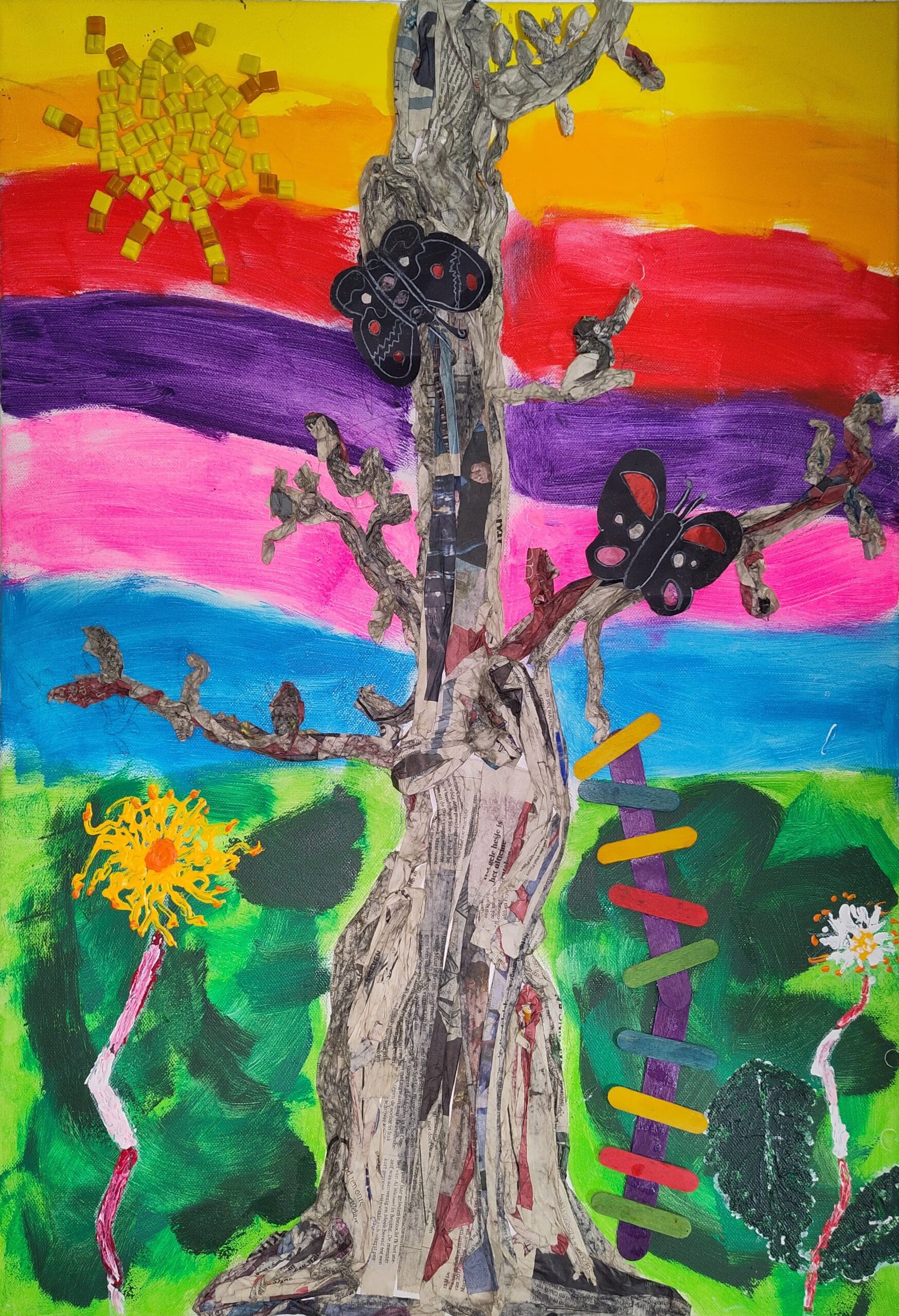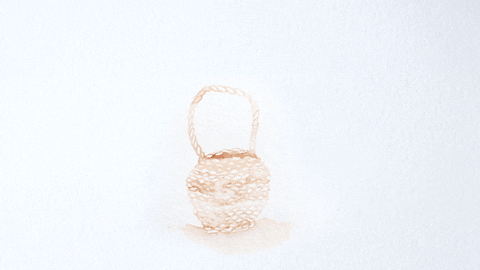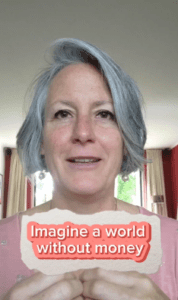Imagine a world where there is no money, and value is exchanged based on reciprocity.
Back in the early days of corporate sustainability—I entered this field in 2003—the classic showstopper to every climate change mitigation project we initiated was always the same question: “Where is the money in that?” With that mindset, everything becomes transactional. Value is reduced to money in a bank account, and what matters most is how many zeros come before the decimal point.
How many zeros equate to a relaxed dinner with family and friends on a mild summer evening?
How many multipliers equal the hug of a friend, a shoulder to lean on when we are sad, or a sunrise with birds singing their hearts out?
Take for instance the painting that my daughter made in 5th grade. That painting by my daughter holds more worth to me than any amount of money it could be sold for.

Returning to corporate sustainability: over the years the emphasis fortunately shifted, and the question became: “What is the business model?” I prefer this question much more because it removes the single focus of value creation from money.
I believe that thinking in terms of business models is healthy. How can you make any endeavor you set up sustainable? Not only in terms of the environment and people but by creating a nourishing regenerative cycle where all aspects of the business are in relation to what it touches. That’s a lovely challenge to think about, strategize, discuss, and experiment with.
The keyword is relation instead of transaction. When we are reciprocal with each other and the planet, we are in relation.
When I do something for you, you feel connected to me, and we are in exchange. At some point, you feel the desire to do something in return for me.
That’s also how nature works. Natural systems are always in collaboration and relation. Any healthy natural habitat has means of exchange and reciprocity in terms of food, shelter, and support. Take for instance the hummingbird. They only measure 7 to 9 cm, yet annually they migrate all the way from Canada to South America. Along the way they stop to refuel. Wherever they feed, drawing in the nectar of flowers through their long beaks, they leave behind a trace of pollen from other blossoms. This exchange demonstrates reciprocity: they receive life-sustaining nourishment and contribute to the flowers pollinating them. They don’t gather any more nectar than is necessary.
I am intrigued to explore how value reciprocity could support our global society in weaning ourselves off the dependency on money and come more into relation again. I also recorded a video with more reflections on this topic and would love to hear what you think.
Perhaps value reciprocity feels radical and foreign, or it’s something you are intimately familiar with and already practice. Whatever the case, I would love to hear from you via sendlove at heartwork dot earth.


